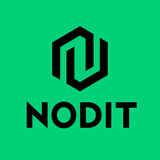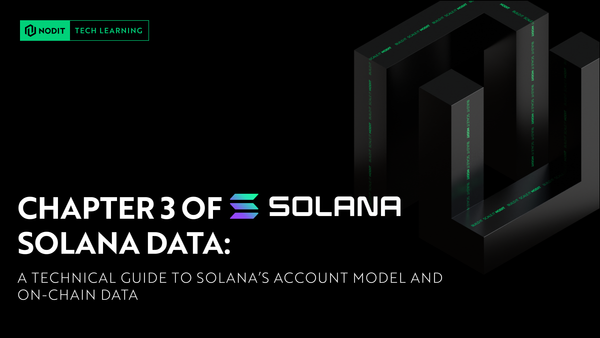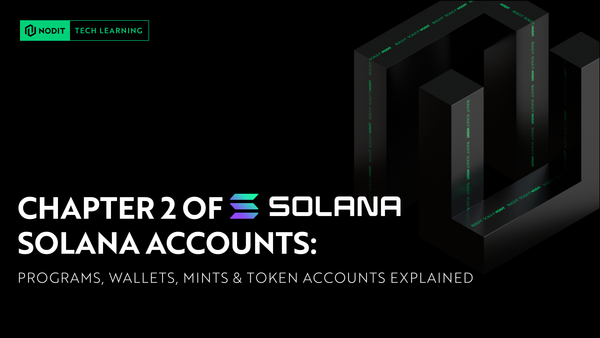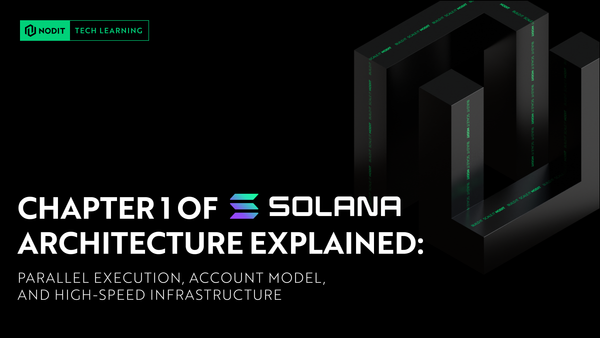XRPL Now Supported on Nodit: Bridging Infrastructure for Builders and Businesses
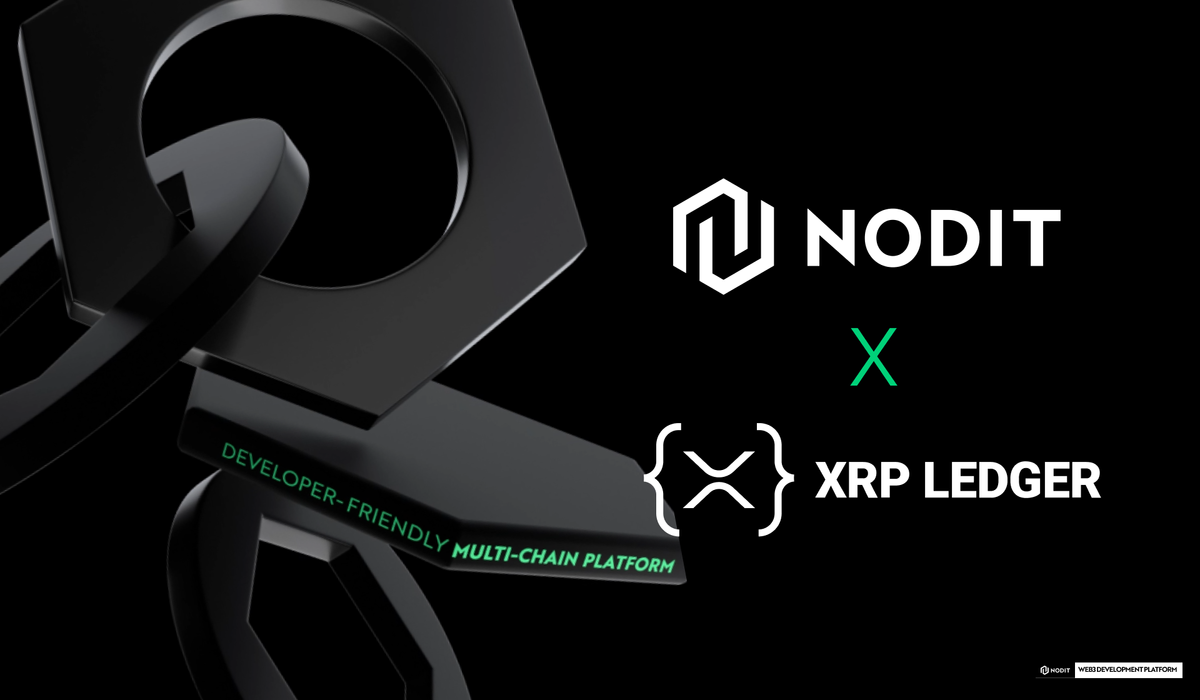
TL;DR
- XRPL is now integrated with Nodit’s Web3 Data API.
- XRPL processes over $70B in annual payment volume across 90+ countries, powering cross-border settlement at scale.
- Despite growing institutional adoption, developer-facing infrastructure remains limited in the XRPL ecosystem.
- The combination of protocol complexity, data fragmentation, and operational costs has made XRPL a difficult environment for developers to work with at scale.
- Nodit fills the gap by abstracting XRPL’s complexity into a streamlined, developer-friendly interface that making it easier to build real-world financial applications at scale.
Greeting builders,
In our continued effort to provide developers and enterprise users with broader access to high-performance blockchain infrastructure, we are pleased to announce that XRPL is now integrated into Nodit’s Web3 Data API, enabling seamless access to real-time data from the XRP Ledger.
While institutional demand for XRPL continues to grow, developer-facing infrastructure remains limited across the broader ecosystem. Despite the network’s proven utility in cross-border payments, many teams still lack access to the scalable, production-grade tools needed to build efficiently on XRPL.
XRPL: A Technically Proven Layer 1

According to its official insight, the XRP Ledger (XRPL) is one of the longest-running blockchain networks. Since its launch in 2012, it has processed over 80 million ledgers without experiencing network-level downtime. With sub-second finality and average transaction fees below $0.0002, XRPL offers infrastructure efficiency that few networks can match.
XRPL functions as a decentralized public blockchain designed to facilitate financial transactions, especially cross border payments for financial institutions. It also serves as the foundation for Ripple’s payment solution, where XRP acts as a bridge asset to enable faster and lower-cost international transfers.
Strong Growth Signals, with Limited Developer Infrastructure to Match
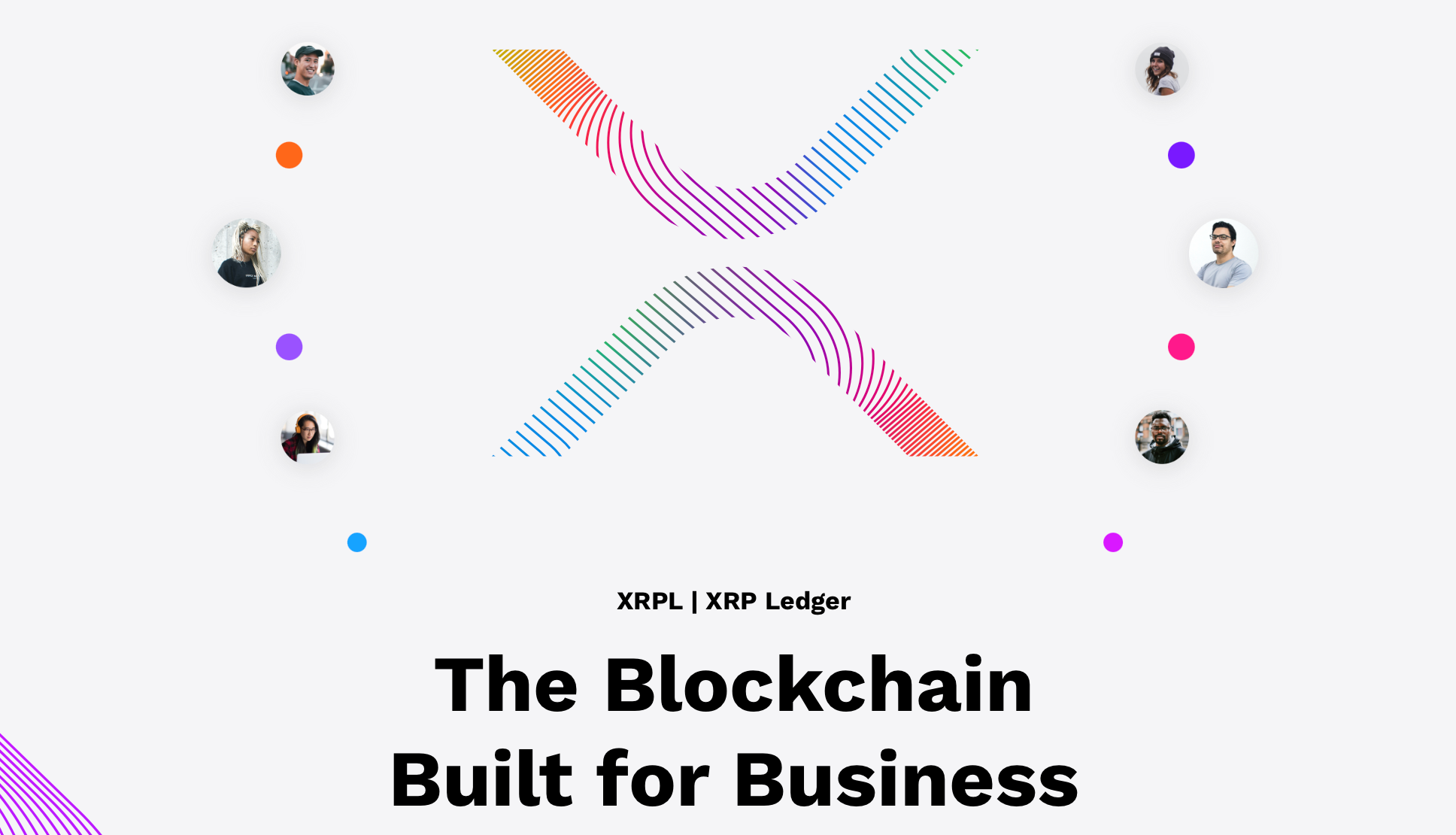
XRPL is widely recognized for its role in enabling global payments. According to Ripple’s 2025 insights, the network now processes over $70 billion in annual payment volume and operates 24/7 across more than 90 countries, covering over 90% of the world’s foreign exchange markets(Ripple, 2025). This level of scale highlights XRPL’s strength as a blockchain built specifically for cross-border settlements, where speed, cost efficiency, and transparency matter most.
For businesses operating internationally, moving money quickly and reliably is no longer a luxury, it’s a necessity. XRPL supports this need by allowing fast, low-cost transfers without relying on traditional banking rails. As more enterprises adopt Ripple’s payment infrastructure, the need for dependable developer tools and blockchain access is becoming increasingly important.
However, as of April 2025, infrastructure support for XRPL remains limited. While the ecosystem is growing, there are still only a few providers offering developer-friendly tools and scalable infrastructure to support real-world applications. This creates a gap between rising institutional demand and the available resources for builders.
Unlike EVM-compatible chains, XRPL operates on its own unique protocol, with a distinct consensus mechanism and data model. This introduces a steep learning curve for infrastructure providers, making it difficult to maintain scalable services for developers. The ledger’s historical data size is massive due to years of continuous operation, making raw node access both storage-intensive and operationally expensive. On top of that, XRPL transactions are inherently complex in structure—metadata, affected nodes, and final state changes are stored separately and often require advanced parsing logic to extract meaningful insights. These factors have made it challenging for developers and companies to easily work with XRPL data, resulting in a noticeable infrastructure gap.
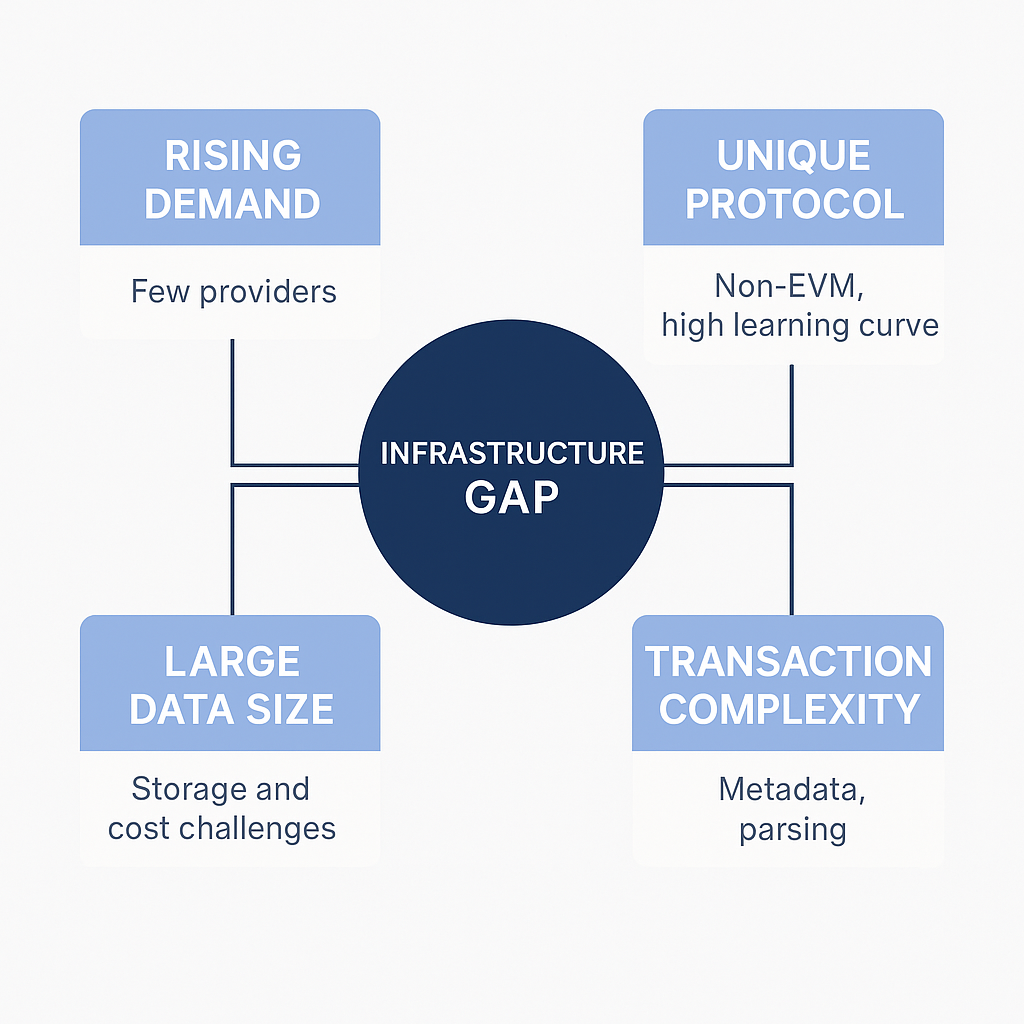
Turning Complexity into Opportunity
As its rich functionality can be overwhelming, especially with its diverse transaction types and fragmented data structures. At Nodit, we saw this not as a roadblock—but as a chance to unlock clarity and usability.
That’s where Nodit comes in. Leveraging our in-house expertise in data indexing and scalable node infrastructure, Nodit built a dedicated integration layer for XRPL to overcome these hurdles.
First, we focused on indexing the most commonly used transaction categories in XRPL, especially those related to asset transfers. This approach reduces complexity and avoids exposing every raw transaction type to developers.
Second, we restructured the data into a normalized format centered around "Transfer" operations, making it easier for users and businesses to extract insights from XRPL without needing to understand its low-level semantics. This approach bridges the usability gap and transforms XRPL into a transparent, developer-friendly network for cross-border financial applications.
Our integration of XRPL into the Web3 Data API provides developers with reliable, production-grade access to the network that enabling them to build, monitor, and scale applications confidently on one of the most established blockchain platforms for payments.
A Future-Proof Addition to the API Stack
As adoption grows beyond native token users, the demand for business-ready blockchain infrastructure is becoming more visible, and XRPL is well-positioned to serve that need.
At Nodit, we’re making sure the tooling is already in place. With XRPL now supported in our Web3 Data API, businesses can explore the XRPL ecosystem with the flexibility of Ethereum development standards and it already backed by the reliability, performance, and accessibility that Nodit brings to every integration.
We see this as the beginning of connecting real-world institutions with scalable Web3 infrastructure. With XRPL now available through Nodit, developers gain reliable access to a trusted network. From on-chain data to performance monitoring, we make it easier for teams to build with confidence on enterprise-ready systems.
Ready to start building on XRPL with Nodit?
Check it now: QuickStart
🔎About Nodit?
Nodit is a platform aims to provide reliable node & consistent data infrastructure for scaling your dapps in multi-chain environment. The core technology of Nodit is a data pipeline that performs crawling, indexing, storing, and processing of blockchain data, along with a reliable node operation service. With processed blockchain data, developers can leverage on-chain and off-chain integration, advanced analytics and visualization, and even AI modeling to build exceptional Web3 products.
Homepage l X (Twitter) l Linkedin
Join us and build more👊🏻 👉Start for Free
🔎About XRPL?
The XRP Ledger (XRPL) is a decentralized, public blockchain led by a global community of businesses and developers looking to solve problems and create value.

